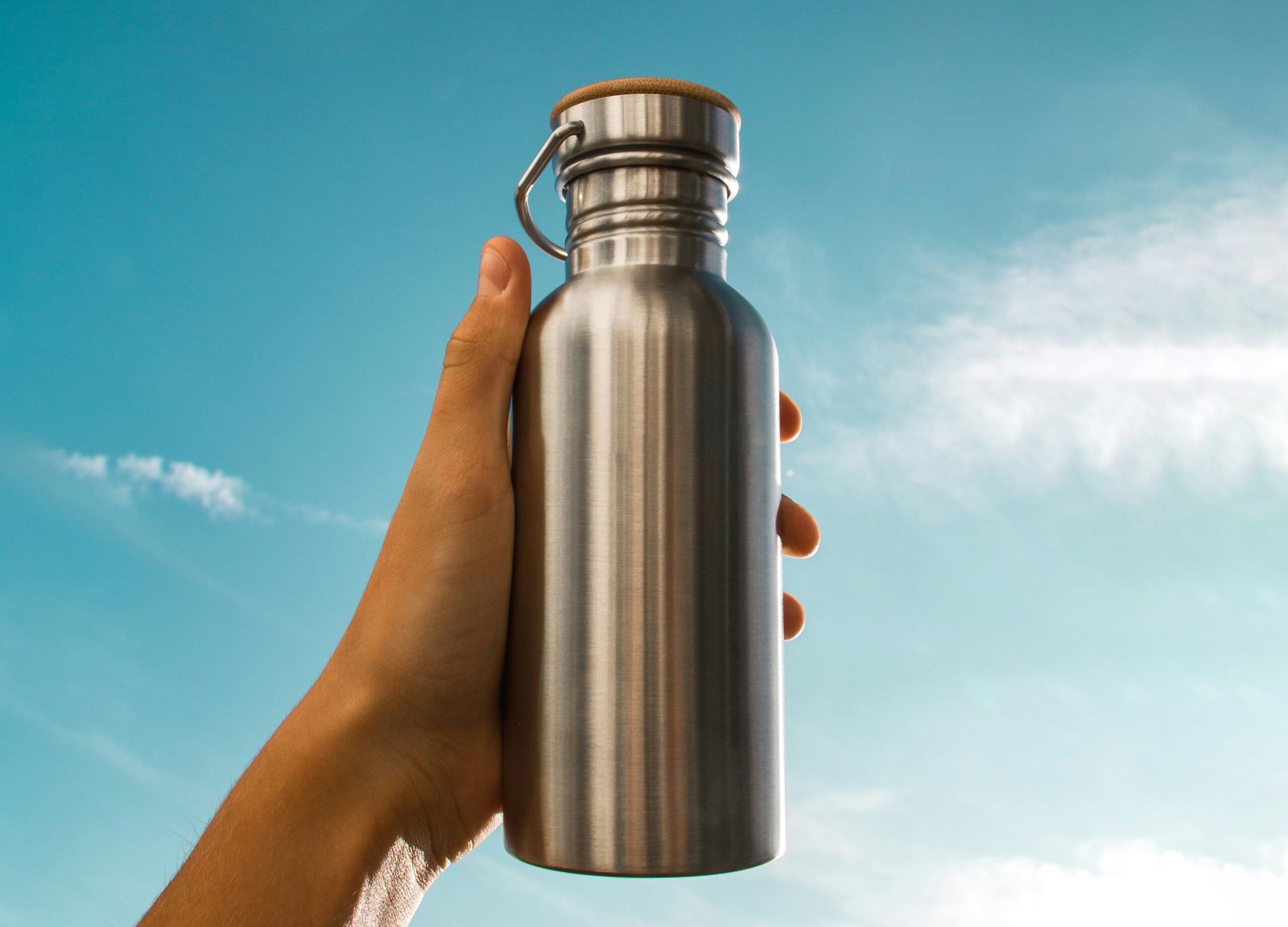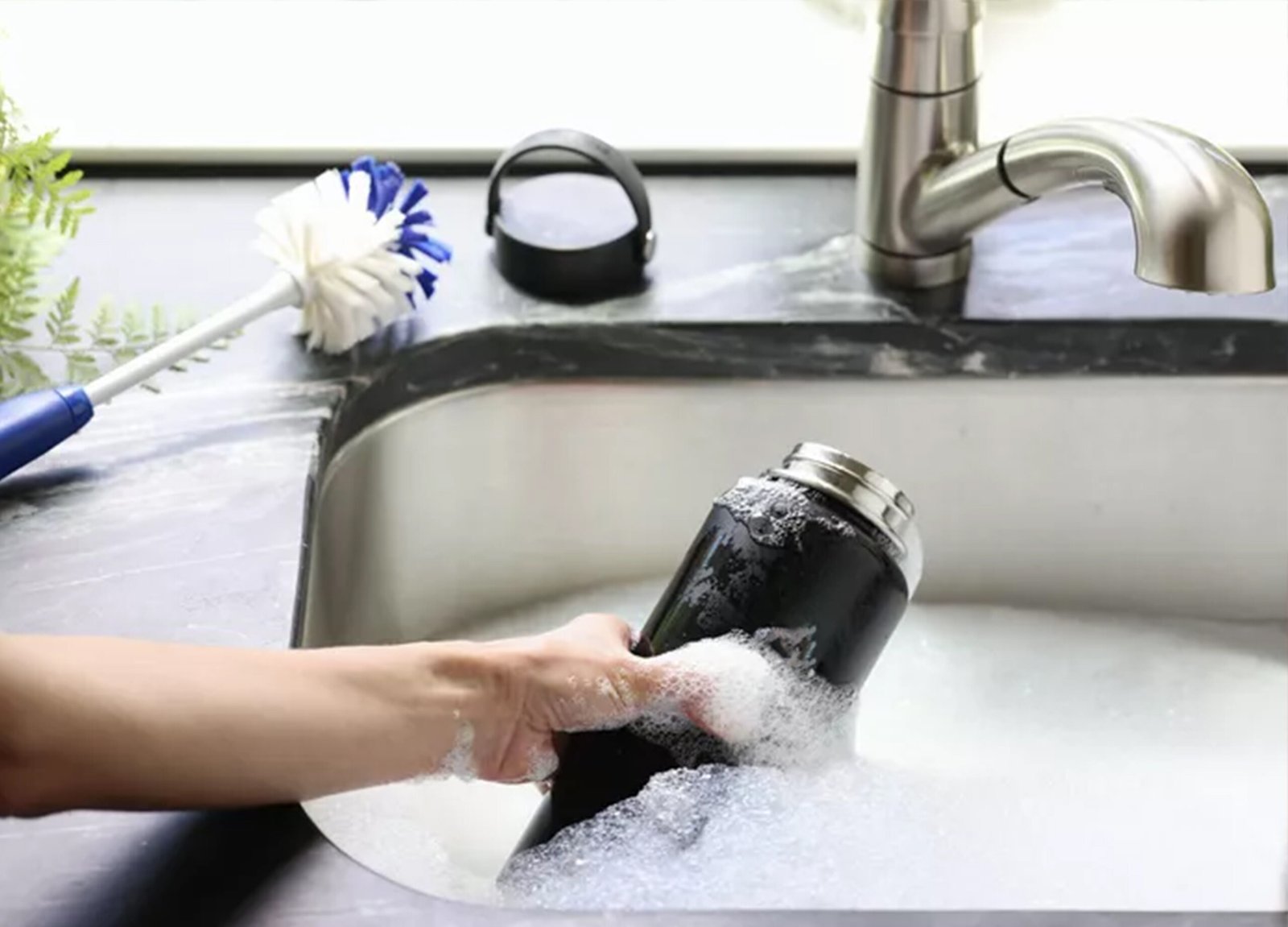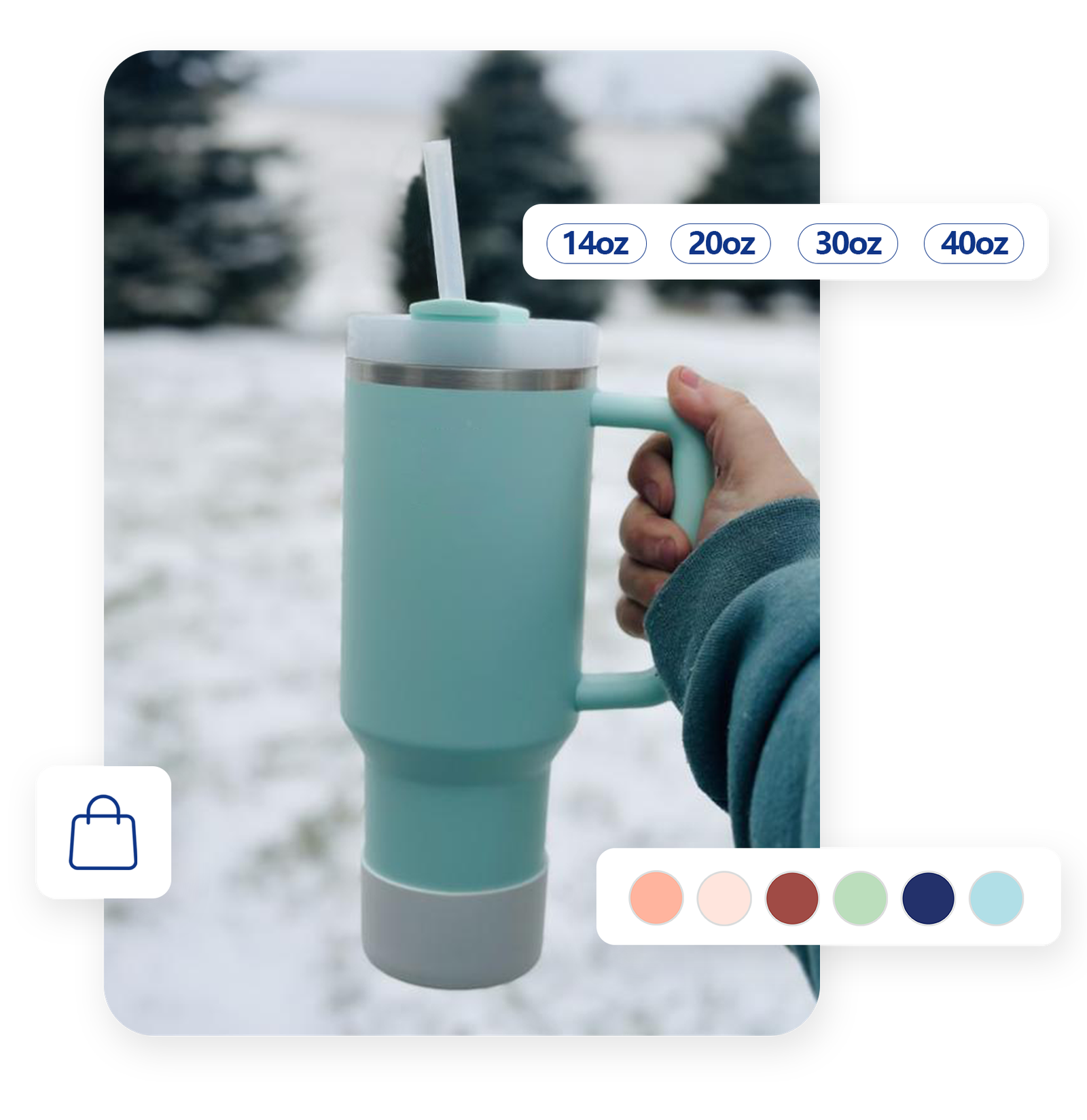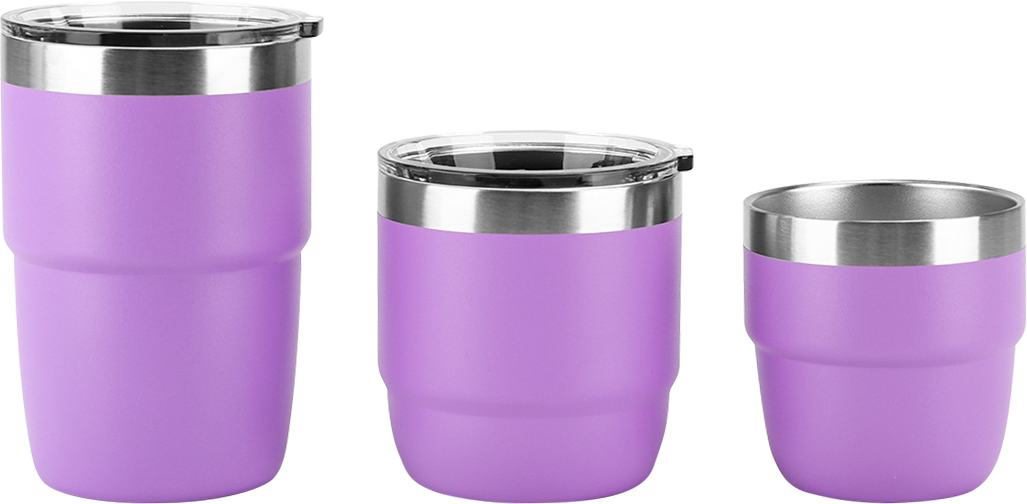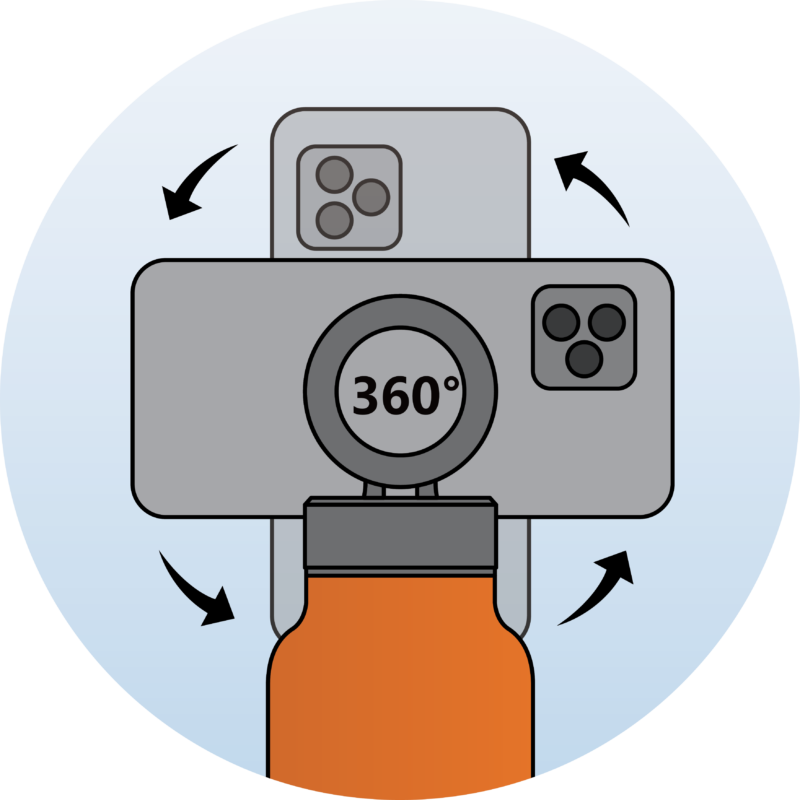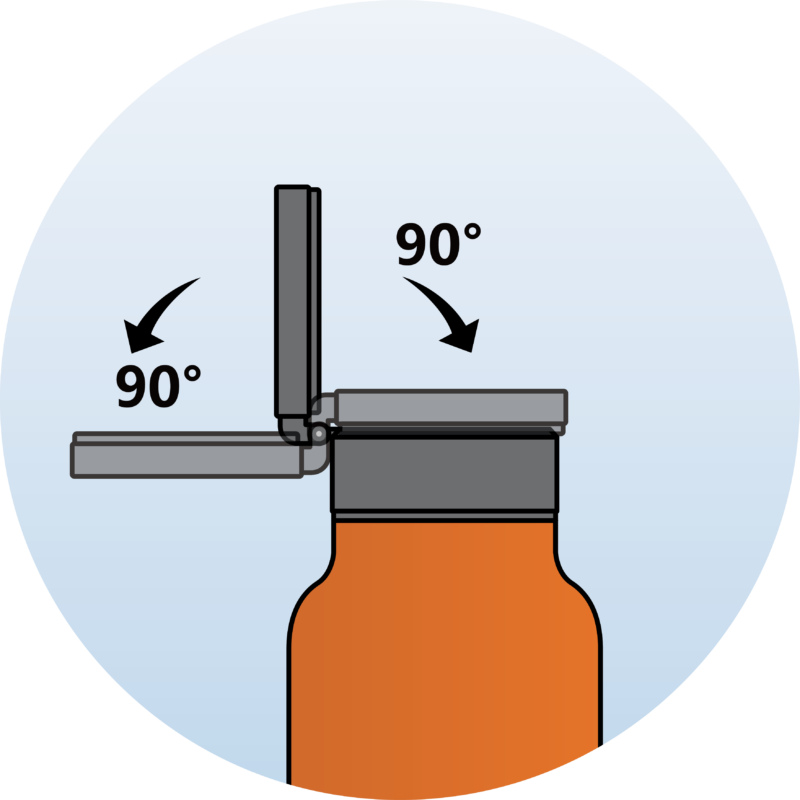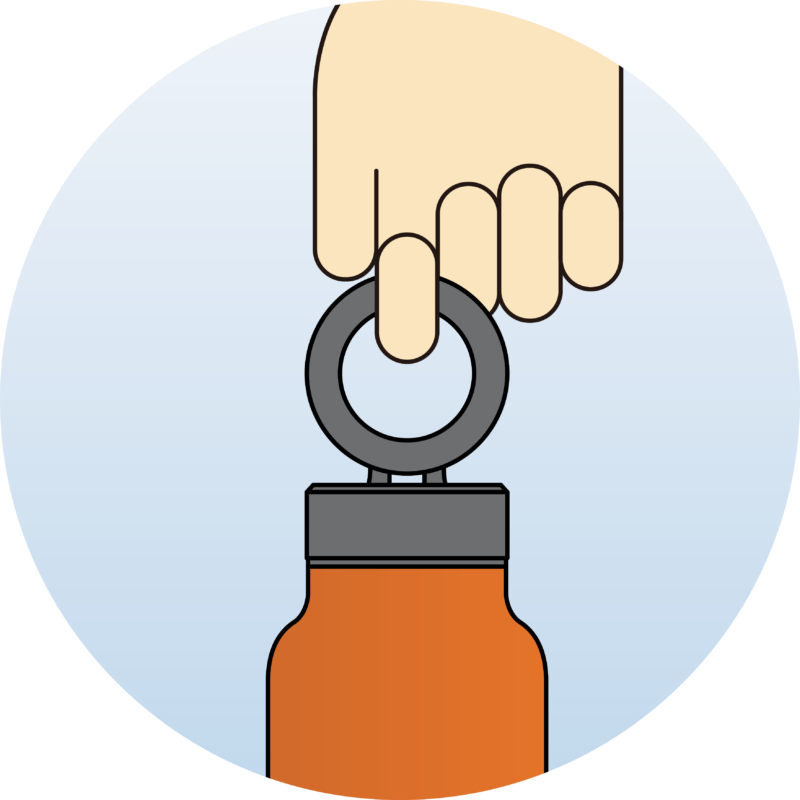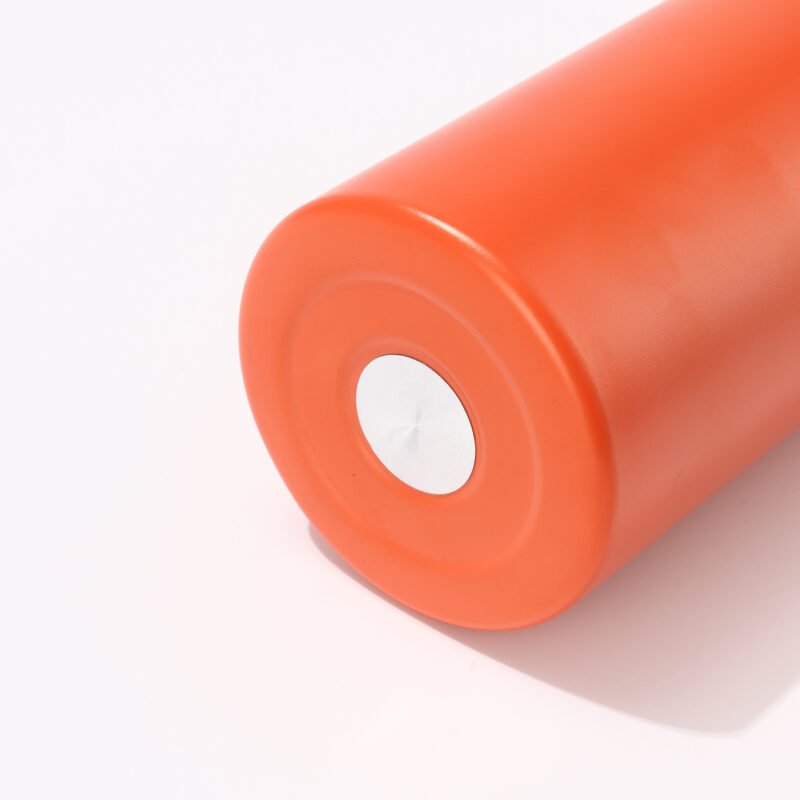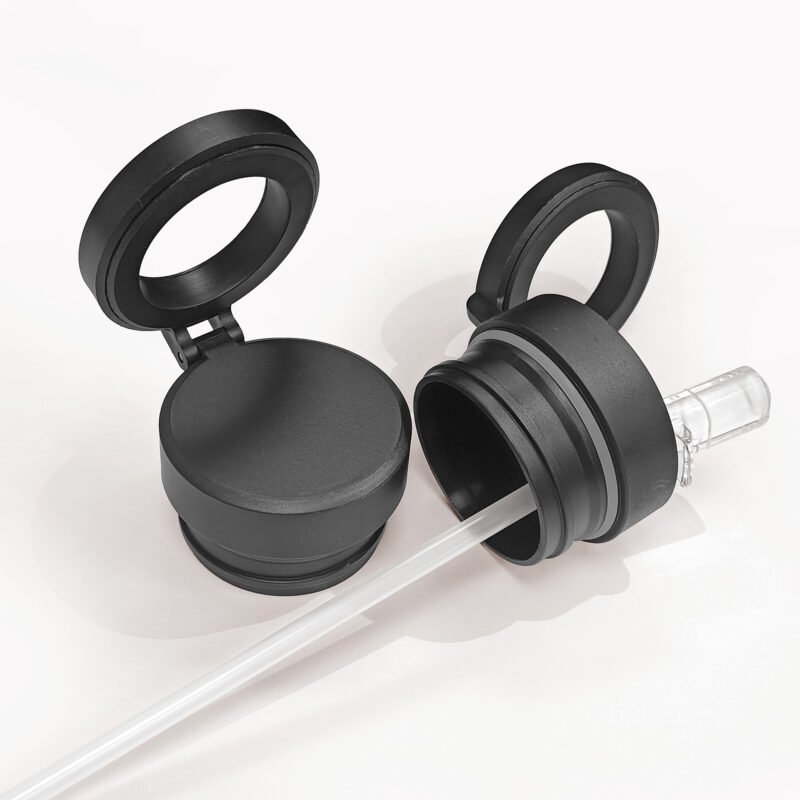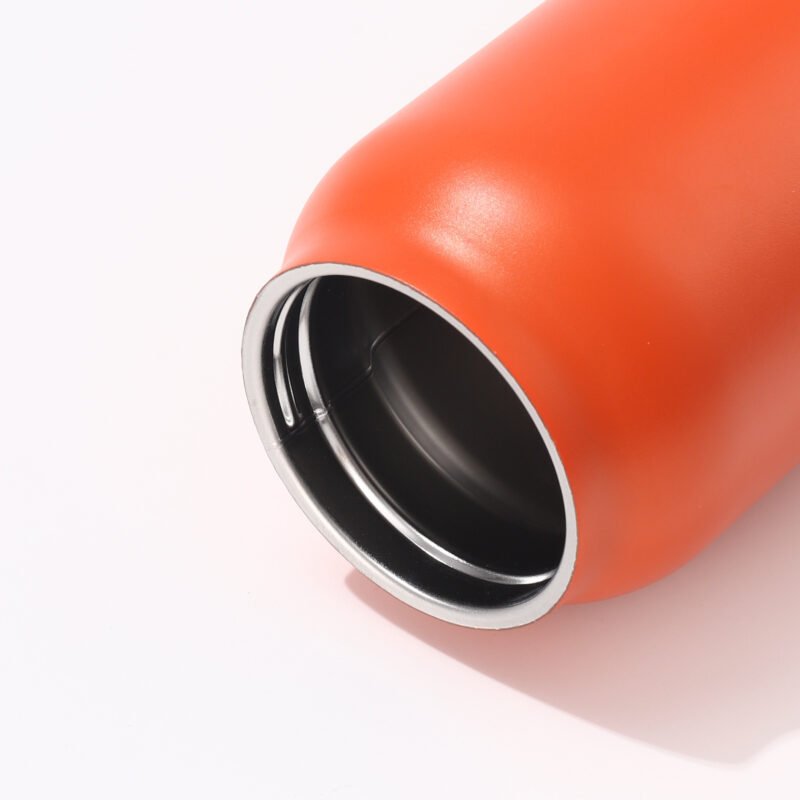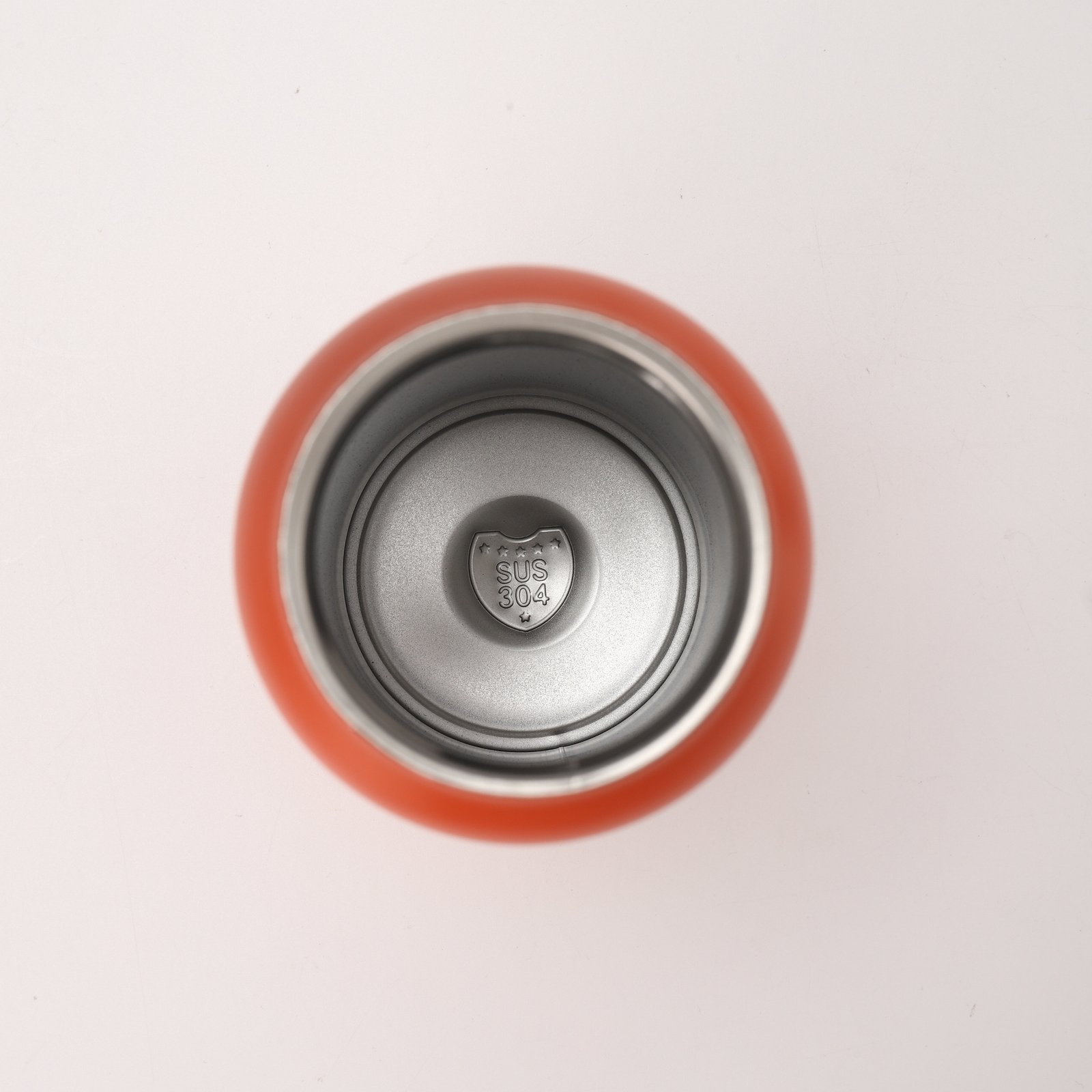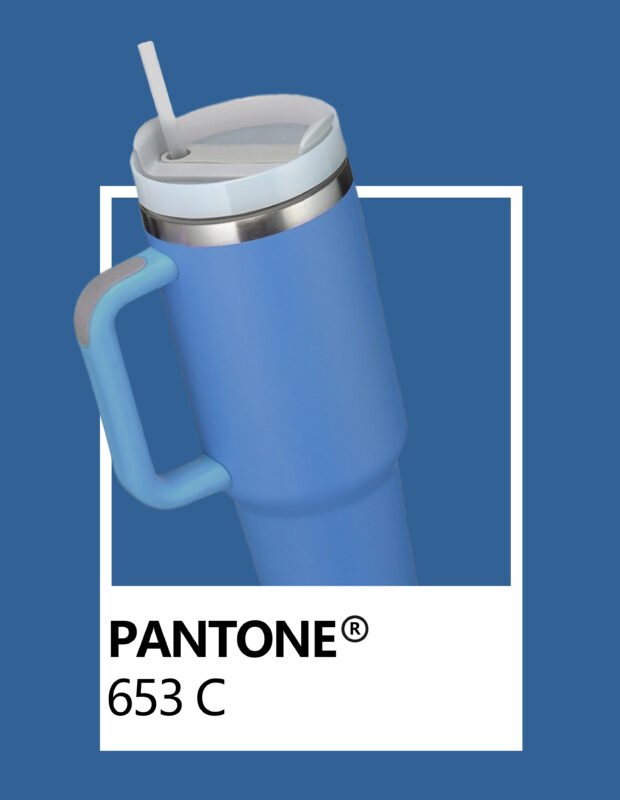Nowadays, more and more people are paying attention to environmental protection, and people are beginning to prefer stainless steel water bottles that can be reused multiple times. The origin of the use of stainless steel can be traced back to the First World War, when the British military production department ordered Henry Brearley to develop high-strength wear-resistant alloy steel specifically for solving the wear problem of gun barrels. Since then, this kind of steel has been widely used in many fields such as construction, medical treatment, food processing, etc. due to its good corrosion resistance.
The dangers of drinking water from non-food grade stainless steel water bottles
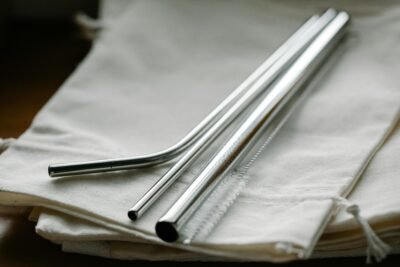
Stainless steel is usually divided into food grade and non-food grade. Since non-food grade stainless steel contains more heavy metals such as chromium and nickel that are harmful to the human body, if it is used frequently, it is easy to cause harmful components to accumulate in the human body, which can easily cause skin allergies and cause patients to experience symptoms such as skin itching, rash, and urticaria. If heated, toxic metals will appear, which can easily cause patients to be poisoned after entering the human body, causing chest tightness, short-term breathing difficulties, etc.
How to Identify Food Grade Stainless Steel
- Use a magnetic test: Most stainless steel is magnetic, but food-grade stainless steel is usually non-magnetic. A magnetic tester can be used to detect whether stainless steel is magnetic.
- Observe the surface finish: The surface of food-grade stainless steel should be very smooth, without obvious blemishes, scratches and dents.
- Use chemical reagents: Some chemical reagents can be used to detect the chromium content in stainless steel. Food-grade stainless steel usually contains more than 18% chromium, which can be detected using potassium chromate reagent.
- Check the label: Usually, food-grade stainless steel products should have relevant labels or certificates indicating that they meet food hygiene standards. You can check the label or certificate to confirm the quality of the stainless steel.
- Check the label: Usually, food-grade stainless steel products should have relevant labels or certificates indicating that they meet food hygiene standards. You can check the label or certificate to confirm the quality of the stainless steel.


